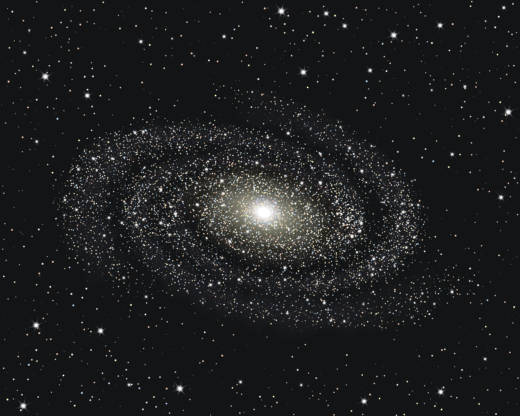More than a century after Albert Einstein proposed it, his theory of general relativity has passed another test.
With giant telescopes pointed at the center of our galaxy, a team of European researchers observed a fast-moving star that got close to a monstrous black hole. They saw that the black hole distorted the light waves from the star in a way that agrees with Einstein’s theory.
The result was reported Thursday in the journal Astronomy & Astrophysics.
Einstein’s theory says the fabric of the universe is not simply space, but a more complex entity called space-time, which is warped by the presence of heavy objects.
Black holes offer a good opportunity to test that idea. The one that lies at the heart of the Milky Way is 4 million times as massive as our sun.
